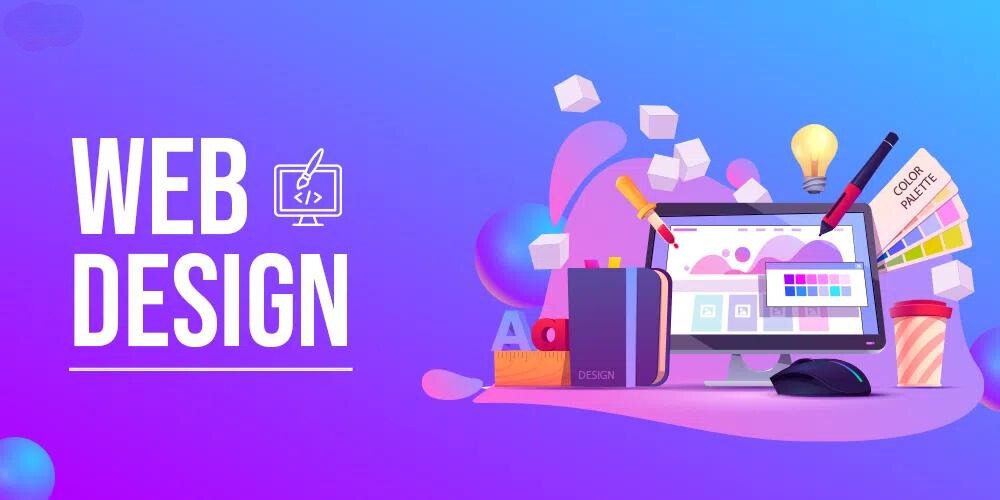
In the full-size panorama of the internet, websites are virtual storefronts that beckon visitors with their virtual appeal. Behind those charming online reports lies the artwork and technological know-how of web layouts. Let’s delve into the area of internet design to discover its significance and nuances
Crafting Digital Experiences:
At its center, net design is the procedure of conceptualizing, making plans, and growing websites. It encompasses a myriad of factors, along with format, color scheme, typography, imagery, and capability. A properly designed website is not merely a collection of web pages but a harmonious combo of aesthetics and usefulness that captivates and engages traffic.
The Purposeful Palette:
Color plays a pivotal role in web design, evoking feelings, setting the tone, and guiding personal interactions. From colorful shades that exude strength to muted tones that convey sophistication, the selection of colors can profoundly affect the notion of an internet site. Moreover, coloration psychology is leveraged to elicit precise responses and enhance consumer revel.
Typography: The Voice of Design:
Typography goes past mere textual content; it’s far the voice of design, conveying tone, persona, and hierarchy. The selection of fonts, font sizes, and spacing impacts clarity, legibility, and visible attraction. A judicious combination of fonts can establish a cohesive visible identity and evoke the desired temper, whether it is formal and authoritative or playful and whimsical.
Navigating the Digital Terrain:
Navigation lies at the heart of a person’s revel, guiding traffic through the labyrinth of web content material. Intuitive navigation guarantees that customers can effortlessly discover what they seek, decreasing bounce costs and fostering engagement. Clear menus, logical web page shapes, and intuitive consumer interfaces are crucial components of powerful navigation design.
Adapting to Change:
In the generation of ubiquitous connectivity, responsive layout has become vital. With users gaining access to websites through a mess of gadgets, from smartphones to computers, responsive design ensures seamless and consistent studies throughout diverse screen sizes and resolutions. A responsive internet site adapts dynamically, optimizing the layout and content material for each device, thereby enhancing usability and accessibility.
Conclusion
Web design is a tricky dance between creativity and capability, in which each detail serves a reason in shaping virtual experiences. With expertise in the standards and nuances of internet design, corporations, and people can create compelling online presences that captivate, engage, and give away an enduring impression on site visitors.   
Web design involves creating and organizing websites to enhance aesthetics, functionality, and user experience.
Good web design shapes user perceptions, boosts engagement, drives conversions, and increases overall satisfaction.
The main elements of web design include layout, color schemes, typography, images, navigation, and overall functionality.
Color influences the atmosphere, triggers emotions, and directs user actions, improving both visual appeal and user interaction.
Typography defines the content's tone and hierarchy, affecting both its readability and aesthetic appeal.
Effective navigation is key to a good user experience, enabling users to efficiently find the information they seek.
Responsive design ensures websites perform well on various devices and screen sizes, providing a seamless user experience everywhere.
Trends shaping web design include dark mode, micro-interactions, immersive experiences, and AI-driven customization, all geared towards boosting user engagement.
Strategic web design boosts online presence, enhances brand image, increases traffic, and amplifies conversion rates and revenue.
Yes, for motivated beginners interested in learning comprehensive web development, though basic programming knowledge is recommended.

